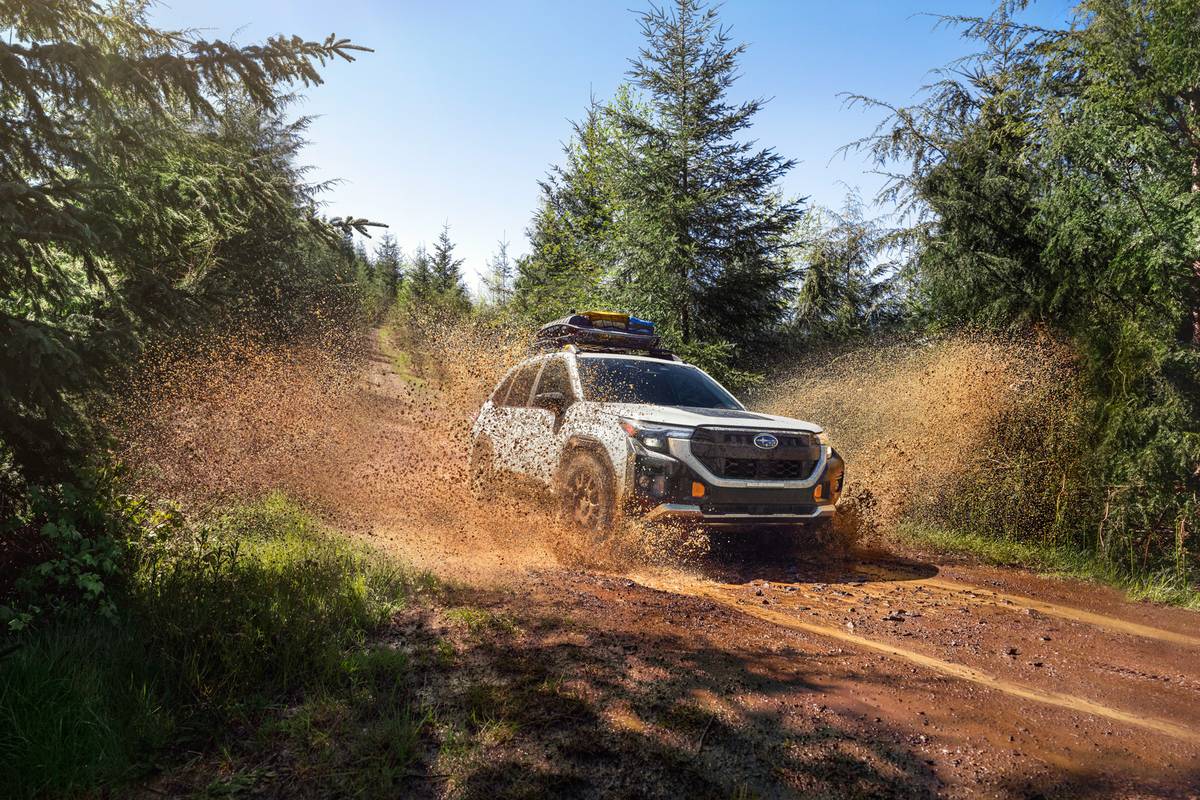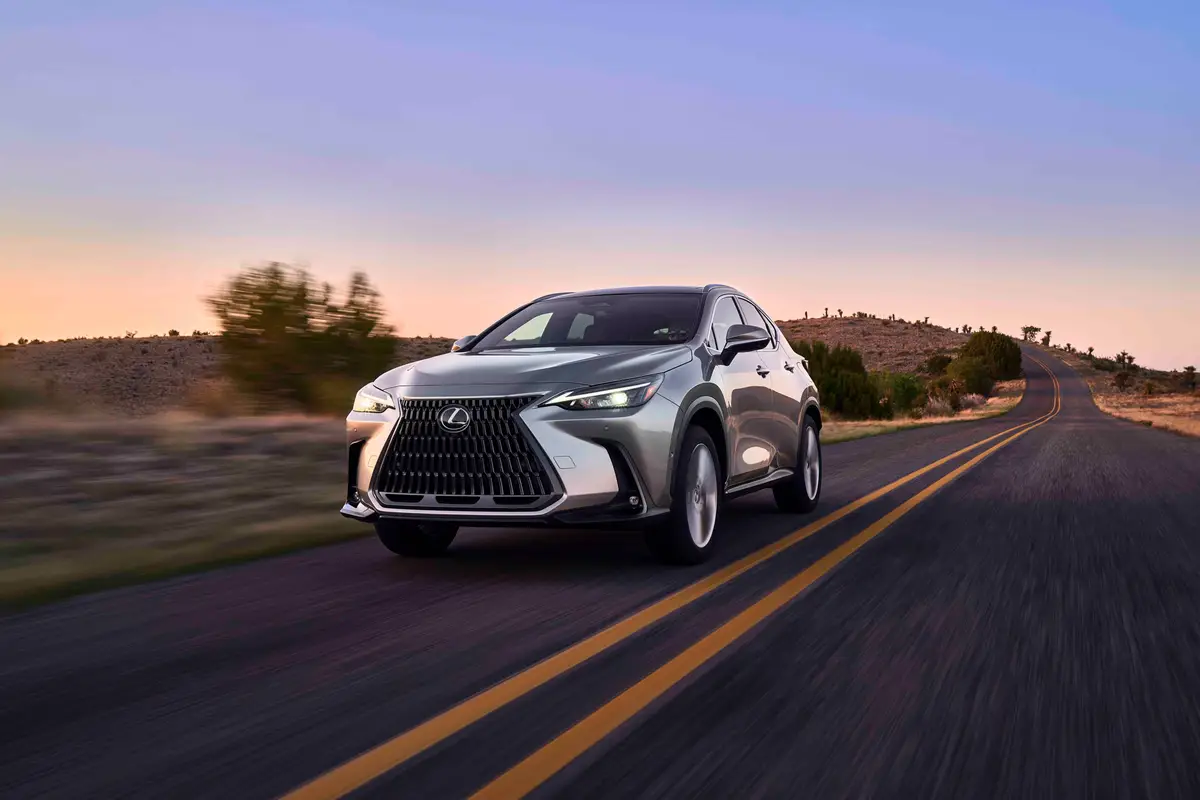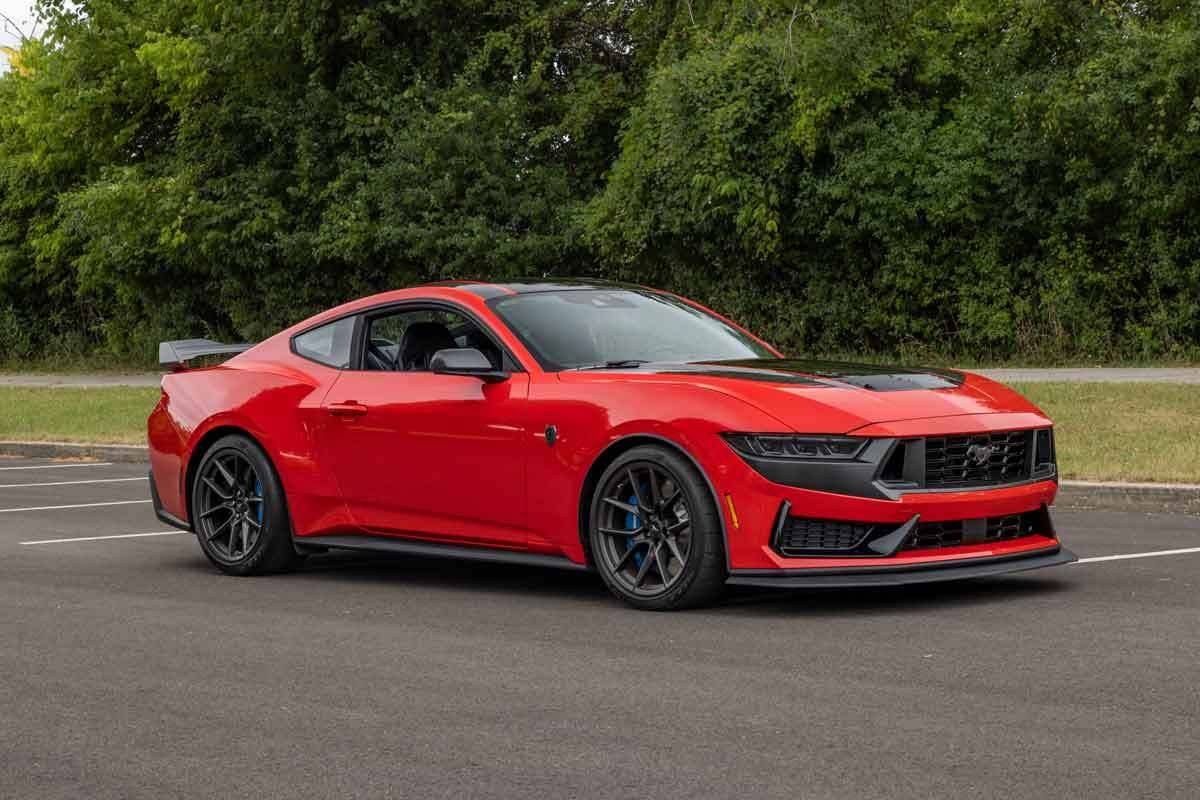Star-Telegram.com's view
Nissan’s flagship sedan, the Maxima, entered its sixth generation for 2007 with a new exterior, a much more-refined interior, and a list of new features that help position this car at the top of the large sedan heap.
If you’re among those who think of the Toyota Avalon first when considering a large Japanese-brand car, think again: Maxima offers the roominess and comfort of an Avalon, but with a few pluses – including sporty styling and road handling that rivals that of some pricey sport coupes.
Those are two areas where the Avalon is deficient, and why some critics call the Toyota sedan a “Japanese Buick.”
Aimed at people who like to drive, but who also need a practical family sedan, the Maxima represents as near-perfect a combination of styling, comfort and handling that you can get with a car that can carry five people and their luggage.
Unlike most large American sedans of the past (although this is changing), the Maxima actually is fun to drive.
Beyond that, it has great curb appeal as well.
Where brands such as Toyota and Honda have given us rather plain exterior designs that tend to blend in, Nissan has worked hard to make sure that most of its cars stand out. That’s readily apparent with both of Nissan’s midsize family sedans, the Altima and Maxima.
In the past, the Altima and Maxima shared chassis platforms. But for 2007, both of these sedans received extensive redesigns, and the Altima was moved to a separate, slightly smaller platform.
Now, the Maxima rides on its own platform, and is no longer essentially just a stretched, upscale version of the Altima.
The uplevel Maxima SL (base price $30,300 plus $605 freight), comes with such standard amenities as leather seats, wood-tone interior trim, Nissan’s Intelligent key system, an eight-way power driver’s and four-way power passenger seat, a Bose premium audio system with six-disc CD changer, and the “SkyView” glass roof.
For a bit less, the entry-level SE model ($28,050) is quite well-equipped, although you won’t get the leather seats, power passenger seat or Bose stereo. You will get the dual-zone automatic climate control, glass roof, and keyless entry/start system, though.
The Maxima comes with a 255-horsepower, 3.5-liter V-6 engine.
It’s connected to the new Nissan Xtronic continuously variable automatic transmission, which replaces the conventional automatic that came on last year’s model. Fuel economy is quite decent for a car of this size and weight: 21 miles per gallon in the city and 28 on the highway (using the 2007 EPA formula).
The newest Avalon, which debuted for 2005, has more horsepower (268), but the Maxima still wins the styling race.
Despite the Avalon’s higher horsepower, the Maxima has the edge in torque – 252 foot-pounds vs. 248 for the Toyota.
With the Avalon, Toyota was aiming for consumers with a median age of 59 and hoping to get some buyers younger than that.
The Maxima reaches a much younger audience, however. It’s most popular with buyers in their late 30s to early 50s.
The difference is that the Maxima has always been positioned as a premium sedan car for more-affluent younger consumers, whereas Toyota has always intended for the Avalon to appeal to older consumers who might otherwise buy midsize (or larger) Buick sedans.
From the start, the Maxima has been positioned as a sort of “reward” vehicle for thirty-somethings who have done well and want a vehicle that shows their success without being flashy. The fact that many older baby boomers like it, too, is a bonus for Nissan.
Just as the Avalon pushes into the realm of the lower-priced Lexus sedans, the Maxima we tested – with enough extras to raise the total sticker to $35,515 – is as expensive as the Infiniti G35 sedan. But there are significant differences between the two vehicles.
First, the G35 doesn’t have the interior space of the Maxima, which borders on being a full-size sedan. There is ample room for three adults in the rear of the Maxima, whereas those same adults could feel a bit cramped after a few minutes in the back seat of the G35.
The other difference is that the Maxima, like the Altima, has front-wheel drive, while the sportier G35 comes with rear- or all-wheel drive.
The Avalon, which essentially is a stretched version of the Camry, shares its architecture with the Lexus ES 350 (all three are front-drive cars), while the Maxima and G35 are on completely different chassis.
Gone from the Maxima lineup for 2007 is the six-speed manual transmission that had been offered in the previous generation. Not enough consumers were choosing the manual for the option to be worthwhile.
As for the revised design, Nissan says the changes were meant to be an evolution of the “classic Maxima performance coupe-like silhouette.” The changes aren’t revolutionary – the car still has its distinctive wedge-shaped front end and high rear deck, with what Nissan calls a “broad arched beltline.”
New are the grille, hood, bumper and headlights, which were redesigned to give the front end a “more contemporary appearance,” Nissan said. The wheel openings are now larger, and the fog lights have been moved down to the front bumper.
Cornering lights have been added, and xenon headlights are optional on the SE and standard on the SL.
A more-prominent rear spoiler has been added to the SE, and both trim levels have a new rear bumper designed to accommodate the optional sonar back-up system.
The SE model comes with 18-inch, seven-spoke aluminum-alloy wheels, while the more-expensive SL has similarly styled but smaller 17-inch wheels.
Where the Maxima needed improvement the most was inside. Probably the biggest complaint about most Nissan and Infiniti vehicles in recent years has been their lack of good interior styling and quality materials. That’s been taken care of, though, in the new Maxima.
All of the materials now have a premium look and feel.
The instrument panel has a redesigned center stack with easier-to-use controls, and the number of buttons and controls has been reduced, Nissan says.
Gauges have been given new faces to make them more readable, especially in low light.
Even the base audio system, with a single-disc CD player, has an auxiliary input jack for easy connection of an iPod or other portable audio device.
The seats were redesigned, and now have larger shoulder bolsters, Nissan says. There is a sliding center armrest, and simulated leather door panels are used in place of fabric on models that have the leather seats. Leather is available as an option on the SE trim level. Brushed-aluminum trim is standard on the SE model.
The SkyView roof is fixed, and can’t be opened. The glass extends over the front and rear seats, and has sliding sunshades.
Our test car, though, came with the optional power glass sunroof ($600).
Among other standard features on our vehicle were illuminated steering-wheel controls for the audio system and cruise control;a tilt and telescopic steering column,;heated front seats; a driver information center; universal garage/gate opener; auto-dimming rearview mirror; leather-wrapped steering wheel and shifter; and eight speakers with the Bose stereo, including two woofers and two tweeters.
Standard safety items include front seat-mounted side air bags; roof-mounted side-curtain air bags for both seats; four-wheel antilock disc brakes with electronic brake-force distribution; traction control; and a tire-pressure monitoring system.
Electronic stability control, however, is a $600 option, and was included on our test vehicle. This should be standard – it’s that important for safety. Included in the price of the stability control system is a full-size spare tire on an alloy wheel, however.
Other options on our vehicle included a “preferred package” ($1,000), which added a Bluetooth hands-free phone system, power-folding sideview mirrors with memory (which also remembers the steering wheel and driver’s seat positions), heated steering wheel, and the sonar backup alert system. A GPS/DVD navigation system with seven-inch color screen ($1,800) also was included.
G. Chambers Williams III is staff automotive columnist for the San Antonio Express-News and former transportation writer for the Star-Telegram. His automotive columns have appeared regularly in the Star-Telegram since 1995. Contact him at (210) 250-3236; chambers@star-telegram.com. At a Glance: 2007 Nissan Maxima
The package: Premium, larger-than-midsize, four-door, five-passenger, V-6 powered, front-drive sport sedan. Highlights: Nissan’s flagship sedan entered its sixth generation for 2007 with revised styling, a much more-refined interior, and a new continuously variable automatic transmission. Negatives: Electronic stability control should be standard, but is a $600 option. Engine: 3.5-liter V-6. Transmission: Continuously variable automatic. Power/torque: 255 horsepower/252 foot-pounds. Length: 194.4 inches. Curb weight: 3,591 pounds (SE); 3,579 pounds (SL). Brakes, front/rear: Disc/disc, antilock. Trunk volume: 15.5 cubic feet (13.7 with full-size spare tire). Towing capacity: 1,000 pounds. Side air bags: Front seat-mounted, roof-mounted side-curtain for both rows. Electronic stability control: Optional. Fuel capacity/type: 20 gallons/unleaded premium recommended. EPA fuel economy: 21 mpg city/28 highway (2007 standards). Major competitors: Volkswagen Passat GLX, Buick LaCrosse CXS, Honda Accord EX V-6, Toyota Avalon, Chrysler 300, Dodge Magnum, Pontiac Grand Prix, Hyundai Azera, Kia Amanti. Base price: $28,050 plus $605 freight (SE); $30,300 plus freight (SL). Price as tested: $35,515, including freight and options (SL). On the Road rating: 9.2 (of a possible 10). Prices shown are manufacturer’s suggested retail; actual selling price may vary.
Latest news



